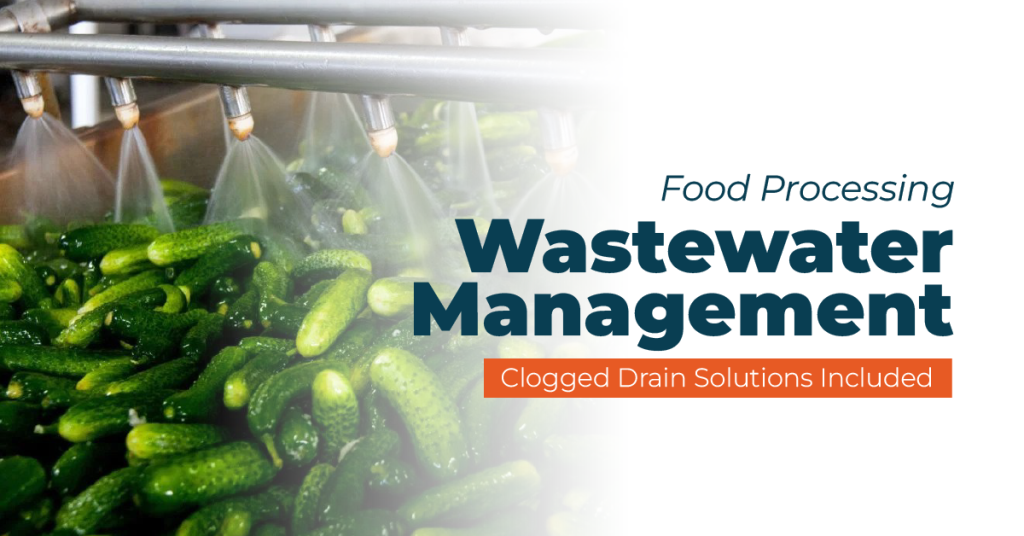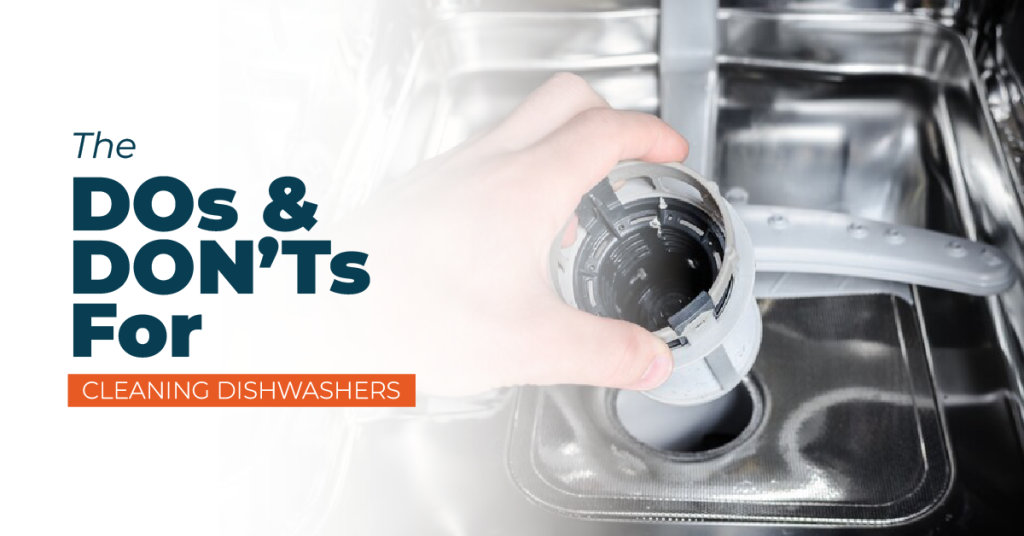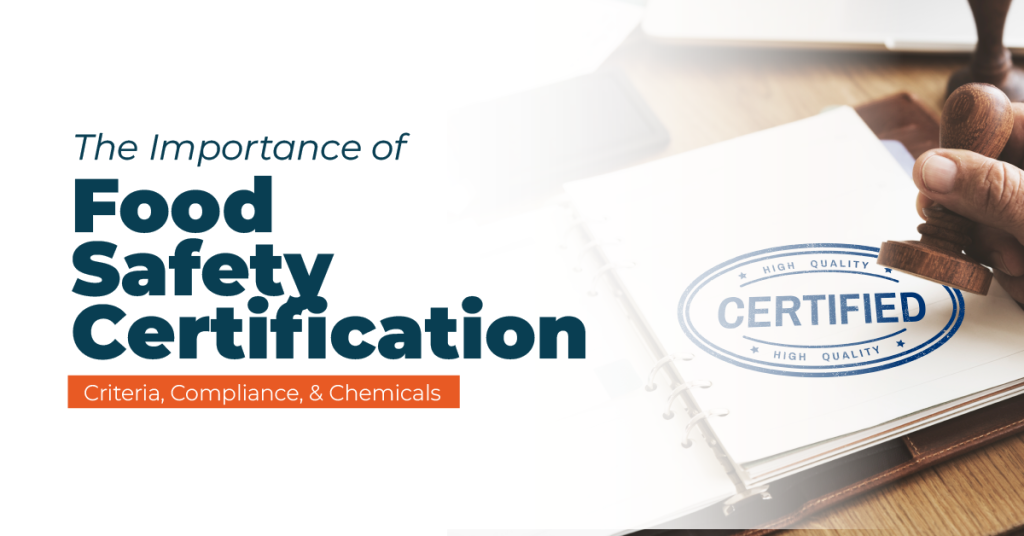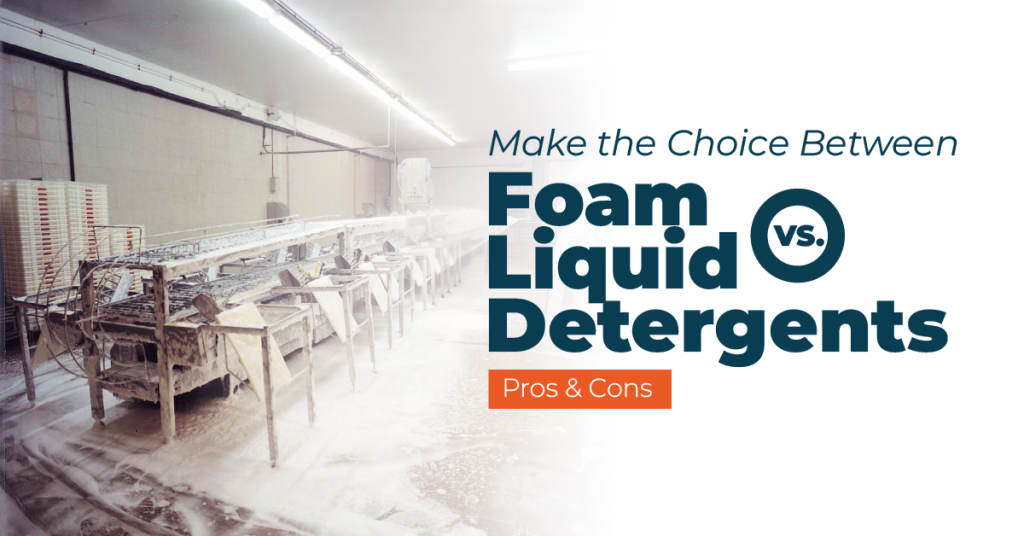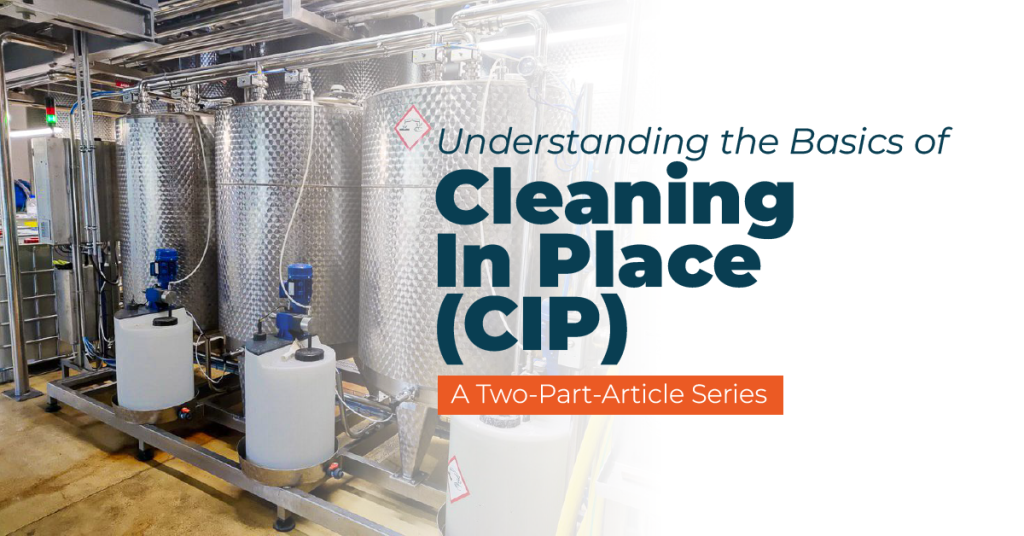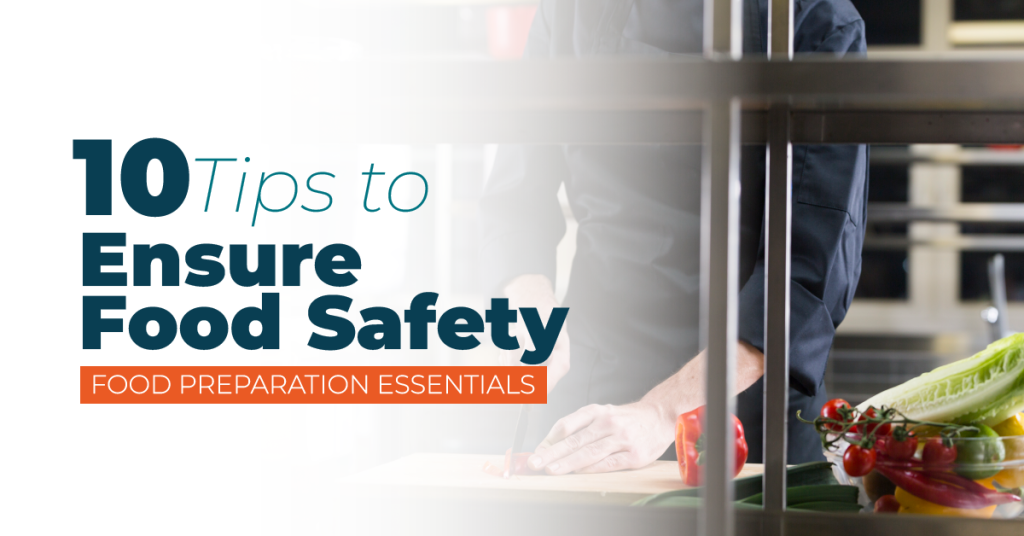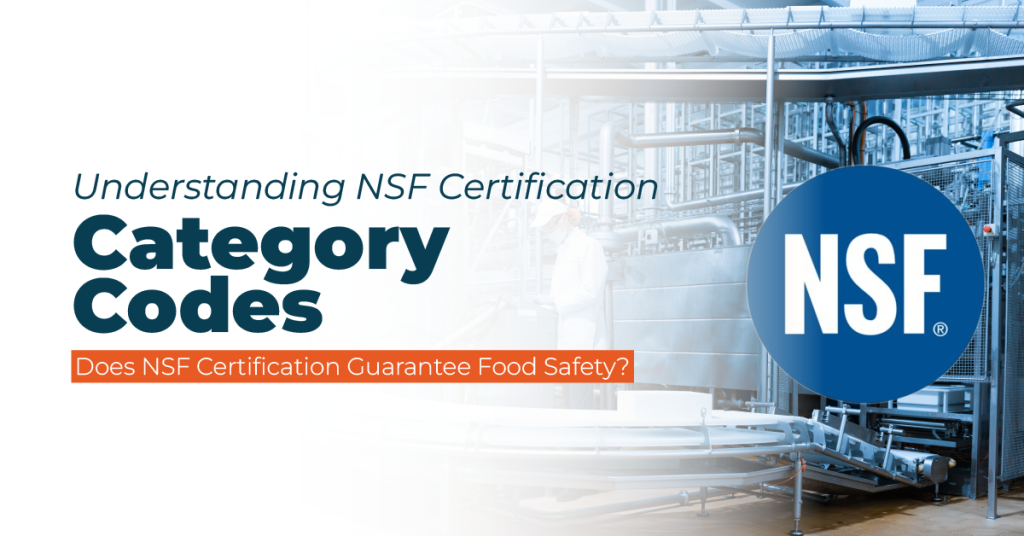
Understanding NSF Certification Category Codes
In the food industry, it is crucial to ensure that products meet certain safety standards to protect consumers from potential health risks. NSF International, a public health and safety organisation, offers certification services to help companies comply with these standards. However, being NSF certified does not necessarily mean a product is completely safe for consumption. In this article, we will explore the different NSF categories and their importance in ensuring food safety. We will also discuss why NSF certification alone


